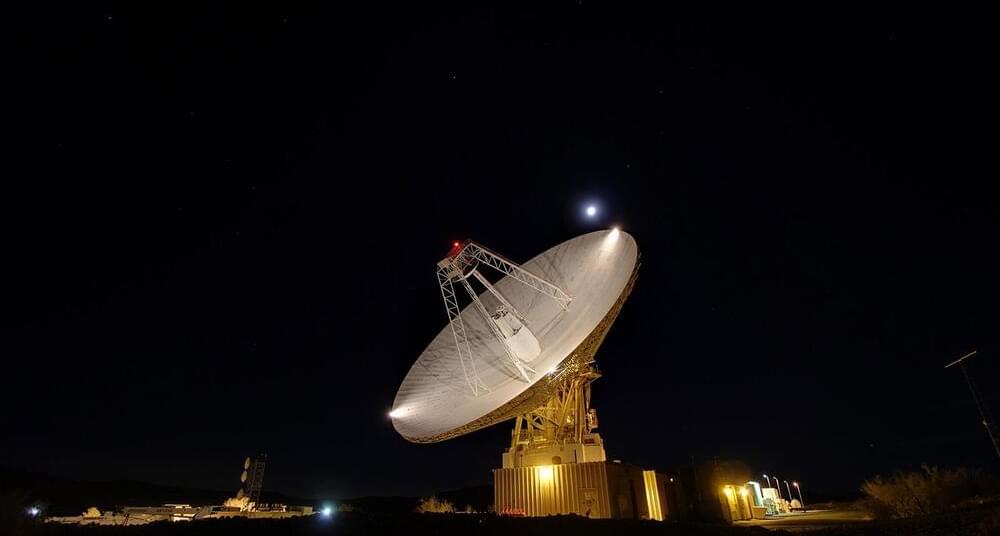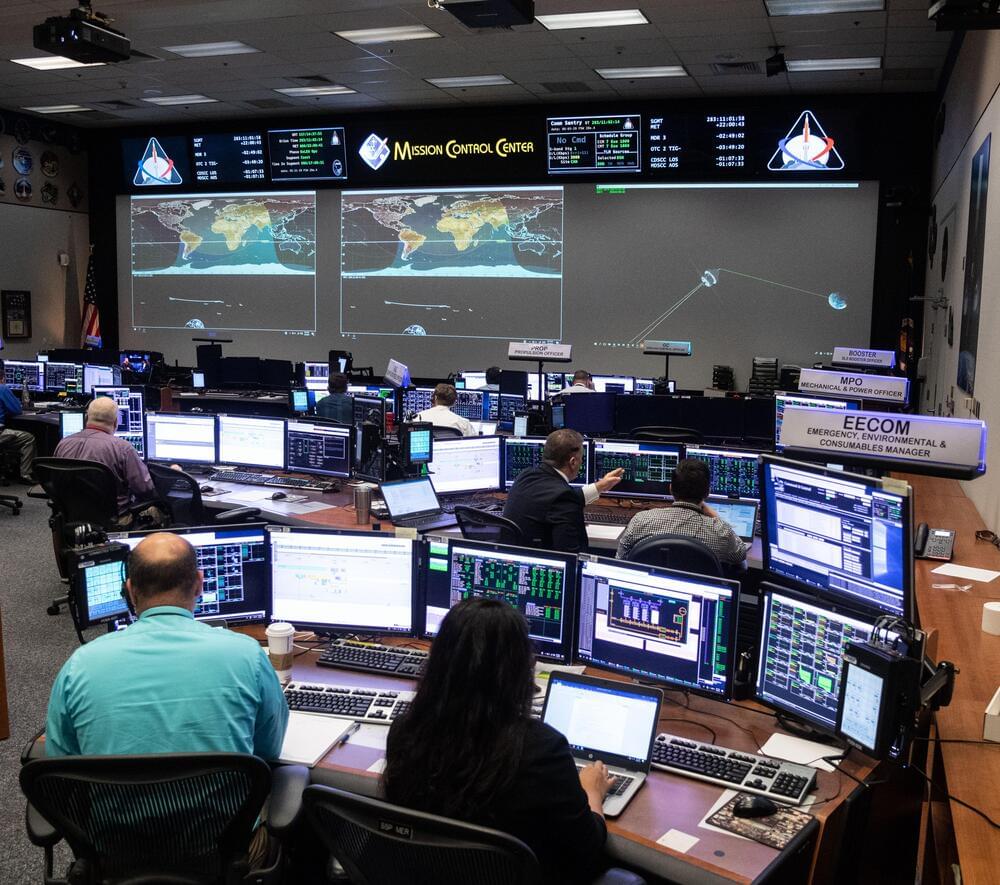If you are looking for details, unfortunately Mercedes is tight lipped on the AWD EQG spec sheet. You could probably expect a similar-sized battery as the EQS line at over 100kWh with a much shorter 200–300 mile range because of the increased drag of the off-roader. Today’s unveiling is mostly about eye candy and imagining an off-road Mercedes with all of the benefits of electrification.
With the Concept EQG, Mercedes-Benz presents the near-production study of an all-electric model variant of its utilitarian off-road icon. Visually, the concept car combines the unmistakably striking look of the G-Class with selected design elements typical of all-electric models from Mercedes as contrasting highlights. The 4×4 qualities of the “G”, which have always set the highest standard, will not only find their way into the age of electric mobility, but will be developed even further in some areas. The Concept EQG thus offers a promising preview of what a Mercedes-Benz G-Class with battery-electric drive will be capable of.
You’ll note in the gallery below a closed off grill similar to the EQS, 22-inch polished aluminium alloy wheels, a roof mounted lightbar reminiscent of Tesla’s Cybertruck and a distinctive look that pays homage to the G-Class lineup but really goes into a futuristic version of itself.






